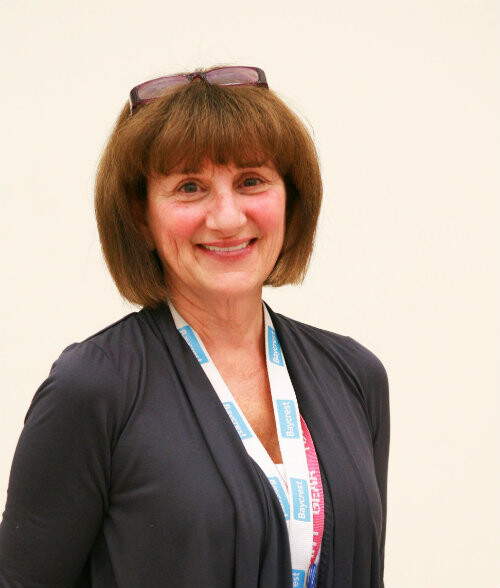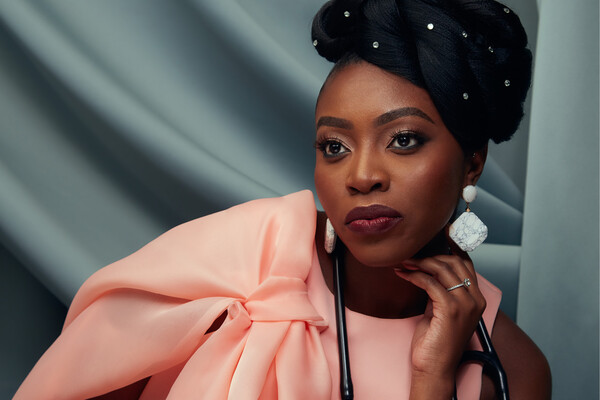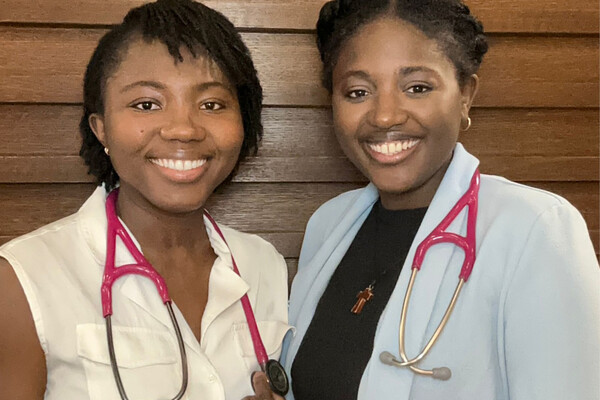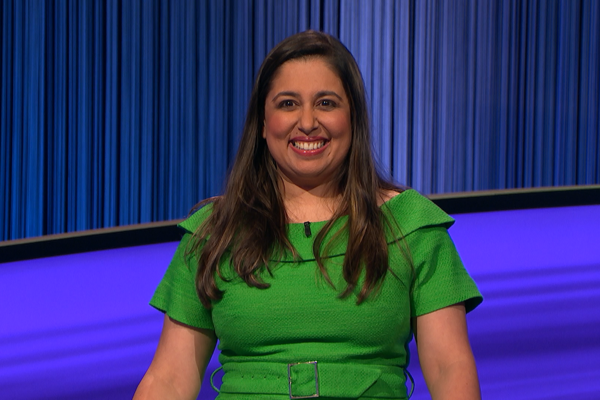Rallying to Meet Patient Needs: Pearl Gryfe, BSc (OT)’79, MSc (OT)’07

Pearl Gryfe, BSc (OT)’79, MSc (OT)’07 is the Clinical and Managing Director of the Assistive Technology Clinic at Sunnybrook Hospital in Toronto, as well as the Elkie Adler Multiple Sclerosis Clinic and the Jeff and Diane Ross Movement Disorders Clinic at Baycrest Hospital. Combining her love of technology and dedication to helping others, she created an innovative interdisciplinary program to improve the quality of life for people with neurodegenerative conditions. The veteran therapist now manages a number of leading-edge programs for patients with ALS, MS, Parkinson’s, stroke and others. In 2012 she was named one of the Top Ten Innovators in Canada for Rehabilitation by Shoppers Home Health Care.
Word got out that there was this crazy OT at Sunnybrook working with ALS patients, and we started to get more and more referrals.
It wasn’t a long-anticipated plan to bring an interdisciplinary group of professionals together to develop programs for people living with neurodegenerative conditions. Instead, Pearl Gryfe attributes her career achievements to serendipity and an attempt to address patient needs. She spoke with MedAlumni’s Julie Lafford about her journey.
How did you choose to work with patients with neurodegenerative diseases?
I had been working as an occupational therapist in the community, bringing patients to the Sunnybrook Health Sciences Centre’s seating clinic for seating and mobility devices, when I was told the clinic was going to be shut down due to its therapist leaving. To ensure my patients kept receiving the devices, I applied and became the seating coordinator.
This was the first time in my career that I’d seen a patient with amyotrophic lateral sclerosis, or ALS, as many of the patients served by the clinic had degenerative diseases. One of my first clients was a 30-year-old mother of two, who had a rapidly degenerative form of ALS and had been living in the ICU for ten months. She couldn’t move, she couldn’t speak, and she couldn’t breathe except through artificial means. All she could do was cry. I had children of my own and could relate to this young woman, who was close to my age. I thought to myself: if we can put a man on the moon, surely we can do better for this woman.
So I called IBM and Apple. I knew they were working on speech recognition technologies and I asked if they had any technologies that could help my patients. They were very intrigued, and they donated not only devices but also an engineer to help me set it up! We got this woman out of bed and into a wheelchair that tilted and reclined. We got her a communication device so she could speak and run her environment. For the first time in almost a year she could get out of bed, direct her care, and tell her children that she loved them. That was my “aha” moment. I realised these are the people that I want to work with. I can make a huge difference in their quality of life.
What happened next?
Word got out that there was this crazy OT at Sunnybrook working with ALS patients, and we started to get more and more referrals. The ALS Society funded a pilot program which was matched by the Ministry of Health, and within a year I was able to double the program and hire an engineer and a speech pathologist.
I had another early client with ALS who was — a judge in the Ontario Court of Justice He lost every single motor point in his body, except the masseter muscle in his cheek. All he could do was open and close his mouth. An engineer helped me capture the EMG signal from the masseter muscle so he could communicate. Although he could not actively sit on the bench, this man could decide up to sixty cases a week just by manipulating the EMG switch connected to his computer. He would read the case files, then type and write on his computer using this single switch. That was 1994 — long before wearable technology, long before the internet even!
It sounds like you were a real technology pioneer.
I grew up in the 60s and 70s and things like the moon walk and Star Trek fascinated me. I loved to read about new technologies. And what’s so interesting about OT as a profession is that it basically uses whatever you can to help people stay engaged in life.
As the technology advanced, so did we. We are now a group of 40 inter-professional staff on two sites, including OTs, nurses, physicians, speech-language pathologists, physical therapists, psychologists, biomedical engineers and computer technologists. We are truly integrated, and we combine our expertise in a way that is very unique. We give the patients what they need as they need it, and we are completely run on an occupational therapy framework. People feel they are being looked after holistically, all under one roof.
Why did you choose to study at U of T?
I chose U of T because it was one of the best centers in Canada, if not the world. When I decided to return for my Master’s degree, I already knew the faculty because throughout the years I’d been teaching or involved in some manner with the Department and I had a comfort level knowing it was my alma mater.
What words of wisdom do you have for current students?
It can be hard to be a good occupational therapist — but as long as you keep your patient at the centre of your work, you will never go wrong. There are no limits as to what you can do with an OT degree, although sometimes you have to work beyond the system. Learn, grow, thrive and do the best you can because you will be rewarded in the end.
News


